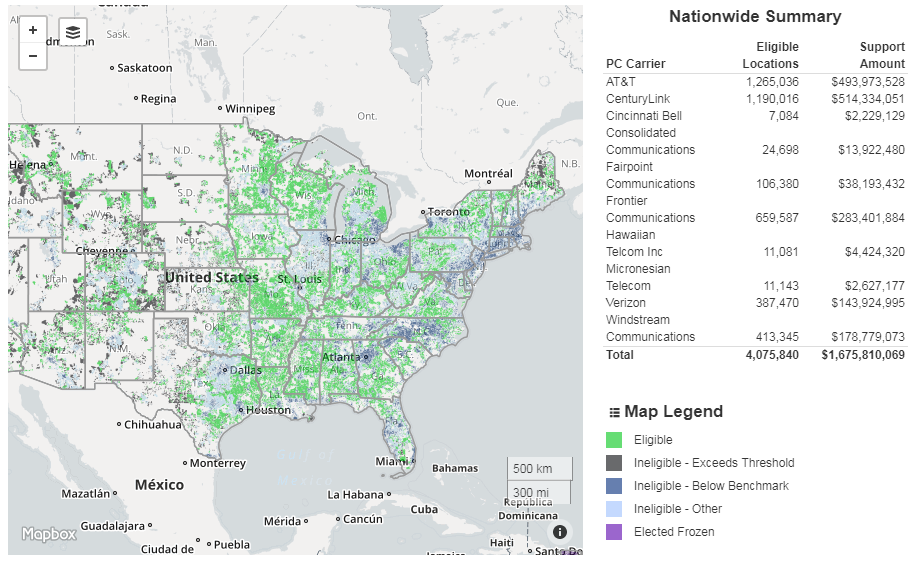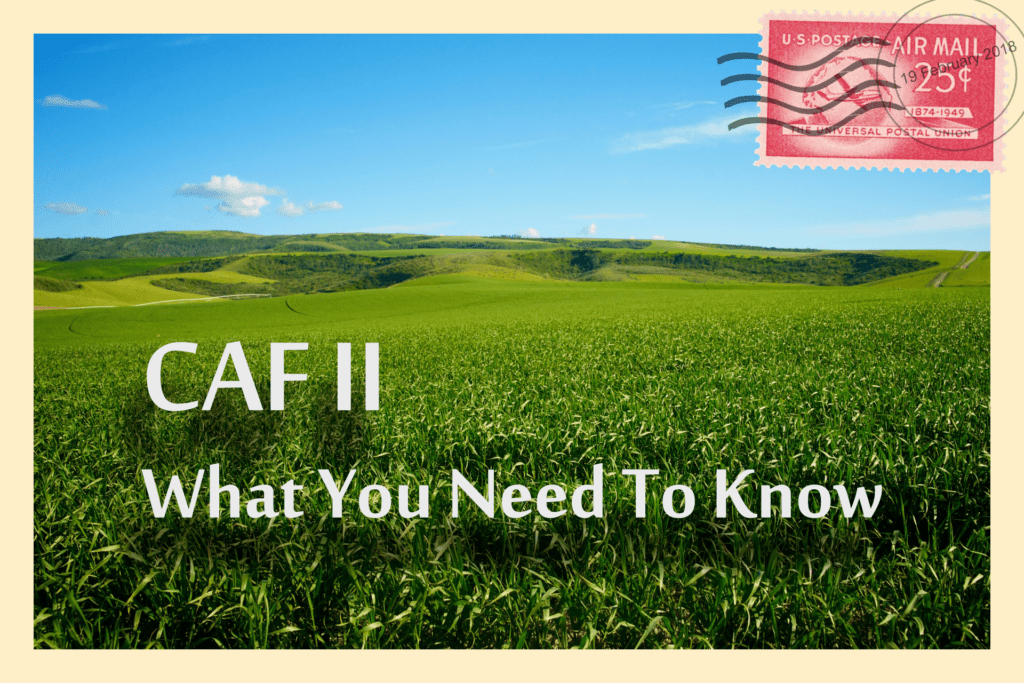A Brief History of the USF
In 1997, the Federal Communications Commission established the Universal Service Fund (USF) in an attempt to encourage and promote the extension of telecommunications services to unserved or underserved rural areas across the US. The general goal of the USF was to subsidize the deployment of infrastructure to extend basic voice services, seen as a necessary utility to everyday life, to regions too cost-prohibitive for service providers to deploy that infrastructure independently. This also needed to be done in a way that provided those services to rural areas at comparable cost to their urban counterparts.
Evolving Inter-scapes
In the 20 years since the inauguration of the USF, we have seen internet service move from dial-up to DSL to fiber, internet speeds accelerate from double-digit kilobits to almost triple-digit megabits (a multi-million percent increase in speed), and internet connectivity become more and more an indistinguishable facet of daily life in the 21st century. However, there is still a major gap between urban and rural communities across the US regarding the accessibility and speed of broadband services.
Introducing: CAF II
This is where we come to the Connect America Fund, or CAF. The first phase of CAF began in 2012 and focused on providing funding for price cap carriers to begin buildout of broadband service. A budget was established, not to exceed $4.5 billion over six years. Specifications were set for speed of service provided, usage capacity, and latency – with the goal of consistency of service provided between these unserved areas and competitively served urban demographics. We have now entered the second phase (CAF II), with a stated goal of using “competitive bidding to efficiently support deployment of networks providing both voice and broadband service, thereby expanding broadband availability to millions more unserved Americans.”[1] Geographic regions across the US were selected that were determined to be “high-cost, but not extremely high-cost.”[2] CAF II focuses on areas of opportunity within these regions for subsidized broadband and voice development, excluding rate-of-return carriers, areas declined by price cap carriers, and a handful of other conditional demographics. So what exactly do interested telecom providers need to know? So far, the following has been decided regarding this second phase:
1. $198 million in annual funding (for a total of ~$2 Billion over 10 years) has been allocated to the CAF II budget.
 2. These funds are to be awarded in response to proposals submitted by service providers for plant buildouts that meet established standards, including speed, usage allowances, latencies, etc. The specific requirements may be found at fcc.gov/connect-america-fund-phase-ii-auction.
2. These funds are to be awarded in response to proposals submitted by service providers for plant buildouts that meet established standards, including speed, usage allowances, latencies, etc. The specific requirements may be found at fcc.gov/connect-america-fund-phase-ii-auction.
3. The FCC has determined geographic regions where these funds will apply. The current map of these regions can be found at fcc.gov/reports-research/maps/caf-2-accepted-map.
4. The auction date for 2018 is currently set for July 24.[3]
5. The specific auction format has not yet been decided; however, it is confirmed that all bids will be considered at the same time, meaning that bidders proposing to meet varying performance standards will be competing together.[4]
It feels alien to imagine that the Universal Service Fund, attempting to expand public access to telecommunications services, was born into a world pre-Google, pre-social media, when just over a million websites existed (up from just a few thousand only a few years earlier). In just a few short decades, we’ve seen access to the World Wide Web move from a physicist’s pet university information-sharing project to one of the most widespread mediums for everything from communication to research, to financial transactions, marketing, business, news, education, entertainment, shopping, and more. If one thing is for sure, it’s that access to reliable broadband connectivity is rapidly becoming (if it’s not already) a core basic utility in the first-world.
How Mapcom Can Help with CAF II
- If you are curious whether you fit the requirements for this program, feel free to reach out and we’d be happy to walk you through how you might be able to take advantage of this program.
- If you are already pursuing submission for consideration and need assistance with preparing a bid, we can help with setting up workbenches, digitizing your data for accurate reporting, analyzing what kind of opportunities you might have, or assisting with other data and reporting needs.
- If you would simply like to speak with subject matter experts, feel free to contact us.
For More Information:
The NTCA is hosting a webinar with the FCC on February 21, 2018 at 2:00 p.m. ET to detail the upcoming auction proceedings and answer questions. We would highly recommend attendance if you are interested in hearing more about the auction and how best to prepare if you are interested in participating. You can head over to the NTCA’s event page here.
[1] FCC. (2018, February 13). Connect America Fund Phase II Auction. Retrieved February 14, 2018, from https://www.fcc.gov/connect-america-fund-phase-ii-auction
[2] FCC. (2015, September 1). Connect America Fund Phase II – Accepted Areas Map. Retrieved Feburary 15, 2018 from https://www.fcc.gov/reports-research/maps/caf-2-accepted-map/
[3] Connect America Fund Phase II Auction Scheduled for July 24, 2018; Notice and Filing Requirements and Other Procedures for Auction 903, Public Notice, FCC 18-6 (Feb. 1, 2018) (CAF II Auction Procedures Public Notice).
[4] FCC. Connect America Fund & Intercarrier Compensation Reform Order and FNPRM – Executive Summary (Retrieved February 15, 2018 from https://apps.fcc.gov/edocs_public/attachmatch/DOC-310692A1.pdf)

